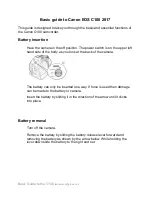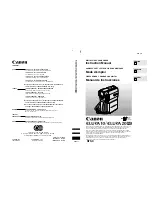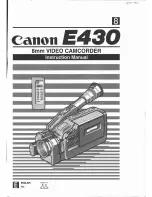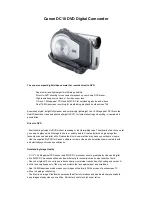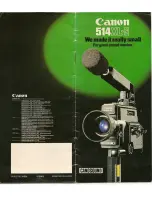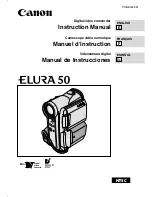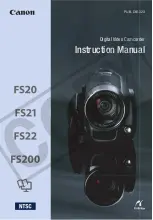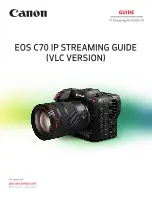
Page - 11
S
TEP
2: T
HE
S
LIGHTLY
H
ARDER
P
ART
- F
ORE
-A
FT
A
DJUSTMENT
Put the Captive Camera Knob in the long slot of the Vertical Bracket. This will
allow you to slide the camera (along with the Camera Adjustment Shoe) as re-
quired. Note: This step is most easily accomplished outside. Find a vertical edge or
line, such as a doorway or edge of a building. Position the unit and tripod about
four feet away, or as close as possible with the edge still in focus when looking
through the view displayed on the LCD screen of the camera.
Looking at the camera’s LCD, find another vertical edge or object that is far away,
such as another building or telephone pole. Align the two objects and rotate the
Vertical Bracket so they are in the left hand side of the viewfinder.
Rotate the pan head so the two objects move over to the right hand side of the
viewfinder. Unless you’ve managed to unwittingly locate the right nodal point
position, you should notice the two objects will move with respect to each other
as the Vertical Bracket is rotated from left to right. Slide the camera to the front
or rear as required to eliminate this relative movement.
Looking through the viewfinder, align a close object (brick wall) with a faraway
object (telephone pole). As the camera is rotated from side-to-side, there should
be no relative movement between the two objects.
If, as shown to the right, the two objects move with respect to one another in
the viewinder, slide the camera fore or aft in order to eliminate this movement.
Here, the telephone pole has moved behind the brick wall.
Good.
No relative movement
between object when
rotating camera from
side to side.
Bad.
Relative movement
between object when
rotating camera from
side to side.














